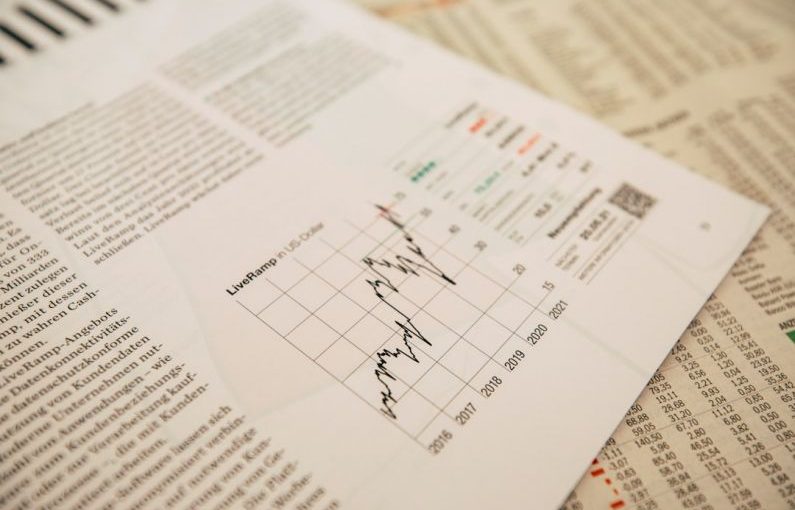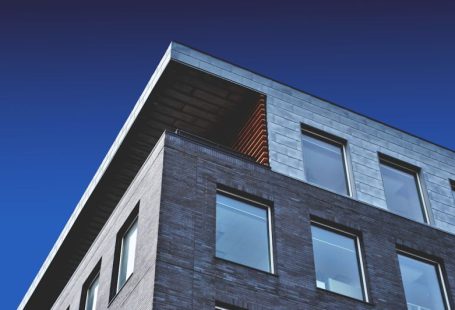When it comes to selecting a mortgage, one of the key decisions you’ll need to make is whether to go for a fixed or variable rate. Each option has its advantages and drawbacks, and understanding the differences between the two can help you make an informed choice that aligns with your financial goals and circumstances.
Fixed Rates: Stability and Predictability
Opting for a fixed-rate mortgage means that the interest rate will remain the same throughout the term of the loan. This offers stability and predictability, making it easier to budget and plan for your monthly mortgage payments. With a fixed rate, you won’t have to worry about fluctuations in interest rates impacting your finances, providing peace of mind and security.
Variable Rates: Potential for Savings
On the other hand, choosing a variable-rate mortgage means that your interest rate can fluctuate over time, typically in line with changes in the market interest rates. While this may introduce some uncertainty into your monthly payments, variable rates often start lower than fixed rates, offering the potential for savings, especially if interest rates remain low or decrease further.
Factors to Consider
Before deciding between a fixed or variable rate, it’s essential to consider your financial situation, risk tolerance, and overall goals. Here are some factors to keep in mind:
Current Interest Rates: Take into account the prevailing interest rates when choosing between fixed and variable rates. If rates are already low, locking in a fixed rate may provide peace of mind. However, if rates are expected to decrease, a variable rate could lead to savings in the long run.
Budget and Cash Flow: Evaluate your budget and cash flow to determine how much you can comfortably afford to pay towards your mortgage each month. If you prefer the stability of knowing your exact payments, a fixed rate may be the better option. On the other hand, if you’re willing to take on some risk for potential savings, a variable rate could be attractive.
Loan Term: Consider the length of your mortgage term when selecting between fixed and variable rates. Shorter loan terms may be better suited for fixed rates, as you can lock in a favorable rate for the duration of the loan. For longer terms, a variable rate could offer flexibility as market conditions change over time.
Flexibility and Prepayment Options: Check whether your mortgage allows for prepayments or adjustments to your payment schedule. Some fixed-rate mortgages may come with restrictions on prepayments, while variable rates could offer more flexibility in this regard.
Market Outlook: Keep an eye on economic indicators and forecasts to gauge where interest rates are heading. If you believe rates are likely to rise in the future, a fixed rate can shield you from potential increases. Conversely, if rates are expected to decrease, a variable rate may be advantageous.
Making the Decision
Ultimately, the choice between a fixed and variable rate comes down to your individual preferences and circumstances. If you prioritize stability and want to know exactly what your payments will be each month, a fixed-rate mortgage may be the better fit. On the other hand, if you’re comfortable with some level of risk and are looking to potentially save money on interest payments, a variable rate could be worth considering.
Before making a decision, it’s advisable to consult with a financial advisor or mortgage specialist who can provide personalized guidance based on your financial goals and situation. By weighing the pros and cons of fixed and variable rates and considering your long-term objectives, you can choose a mortgage that aligns with your needs and sets you on the path to homeownership with confidence.





